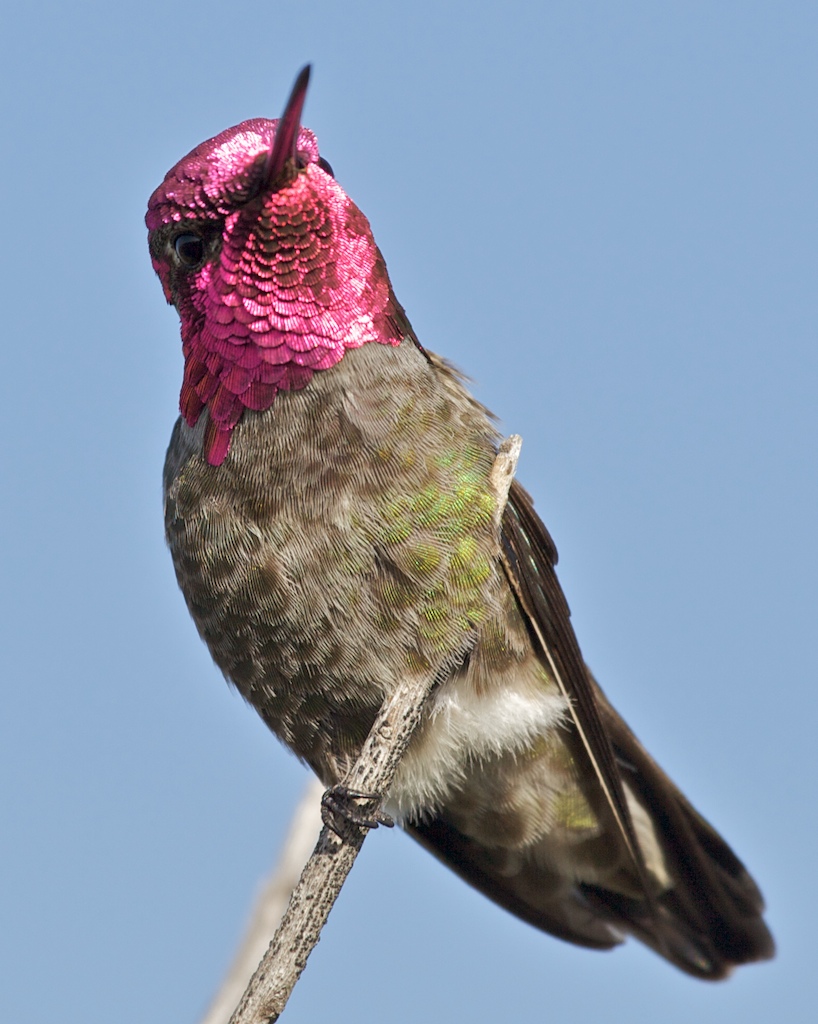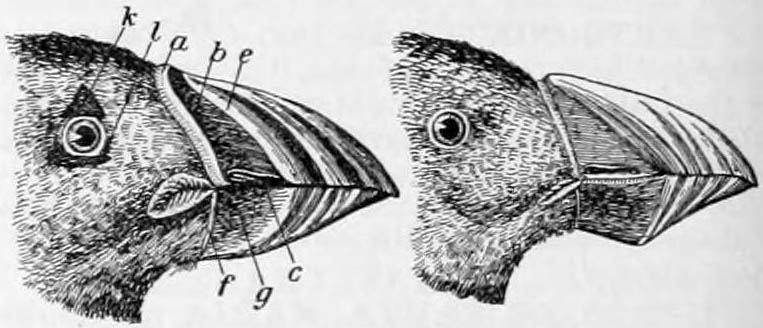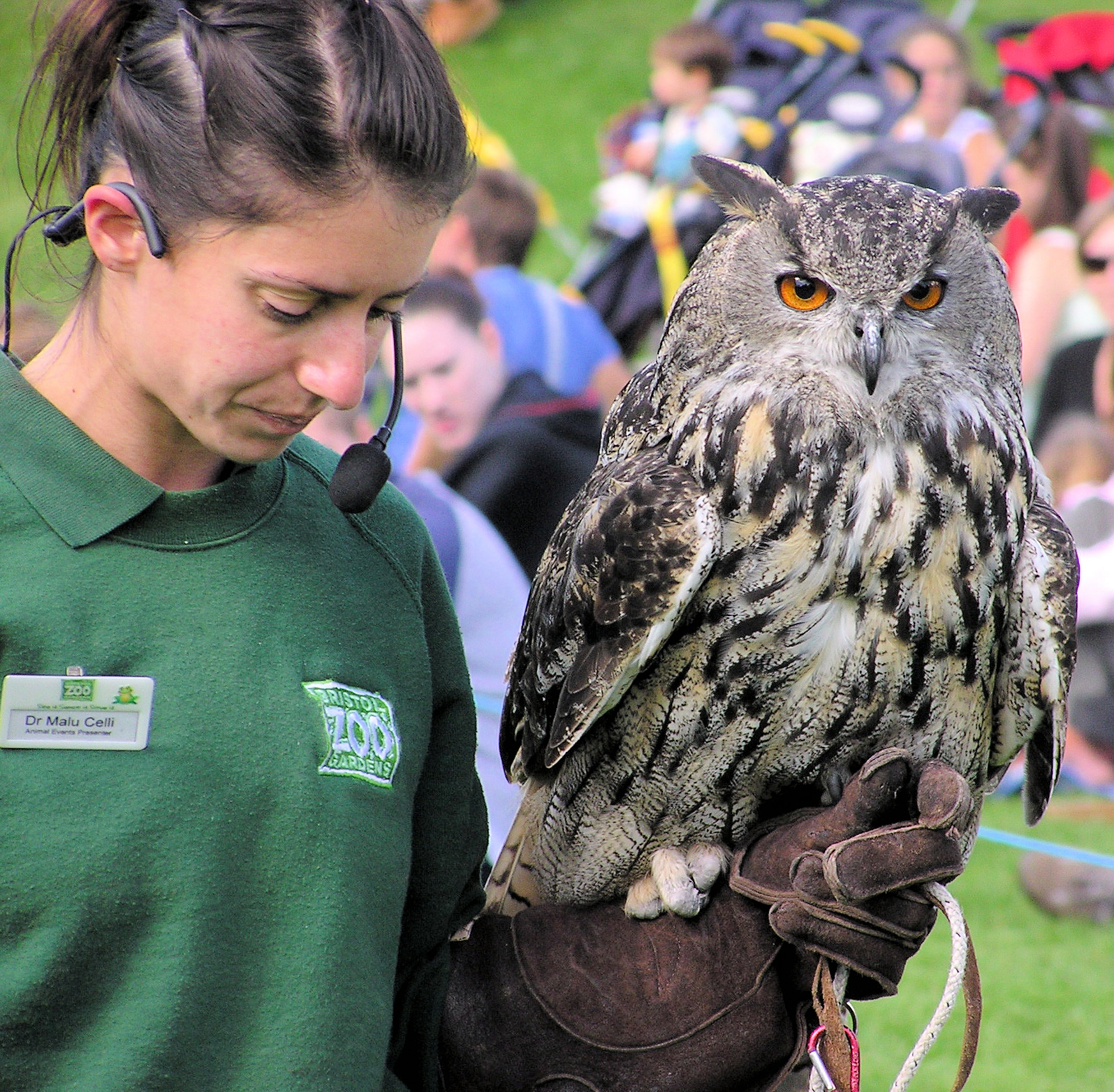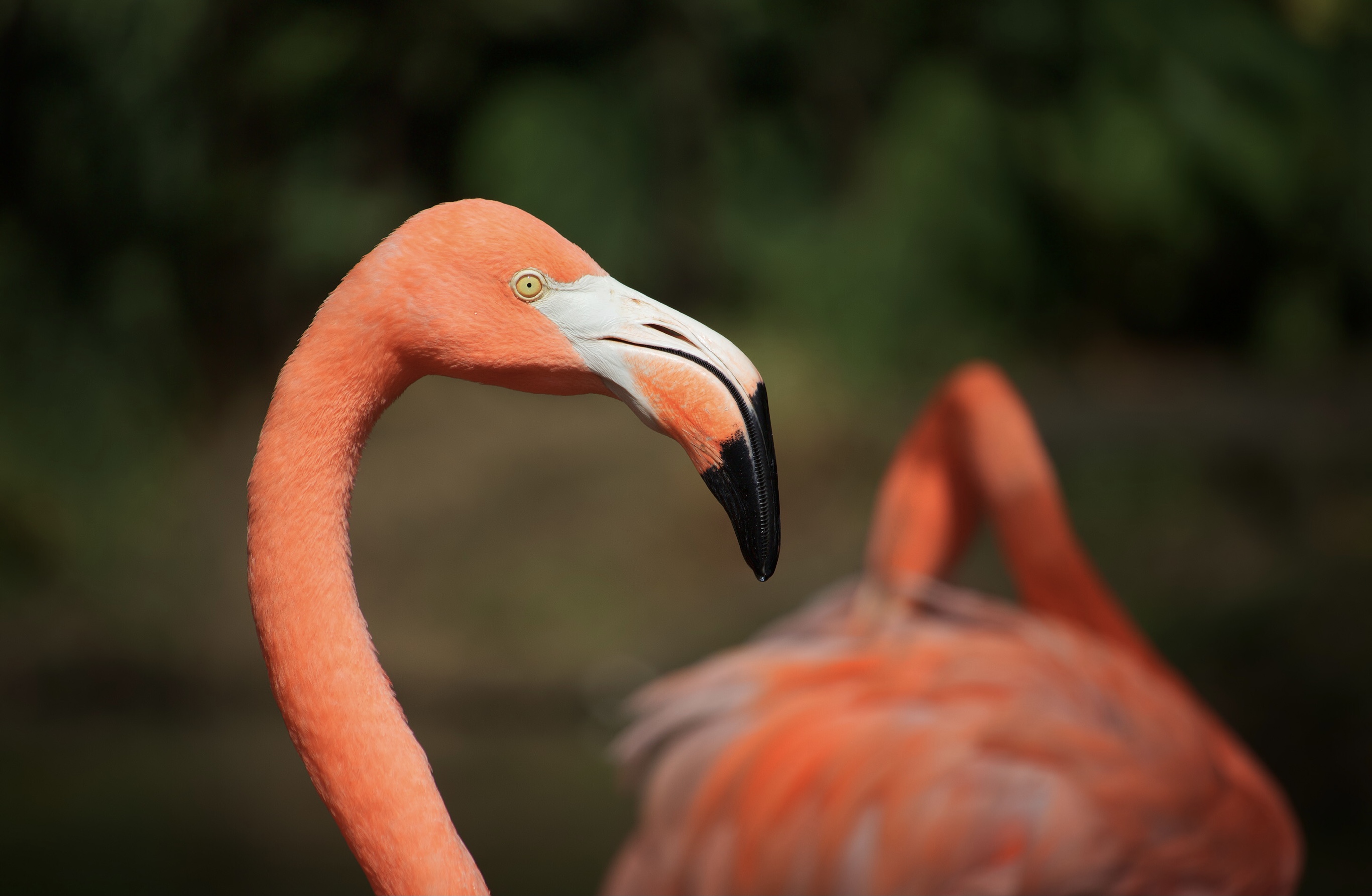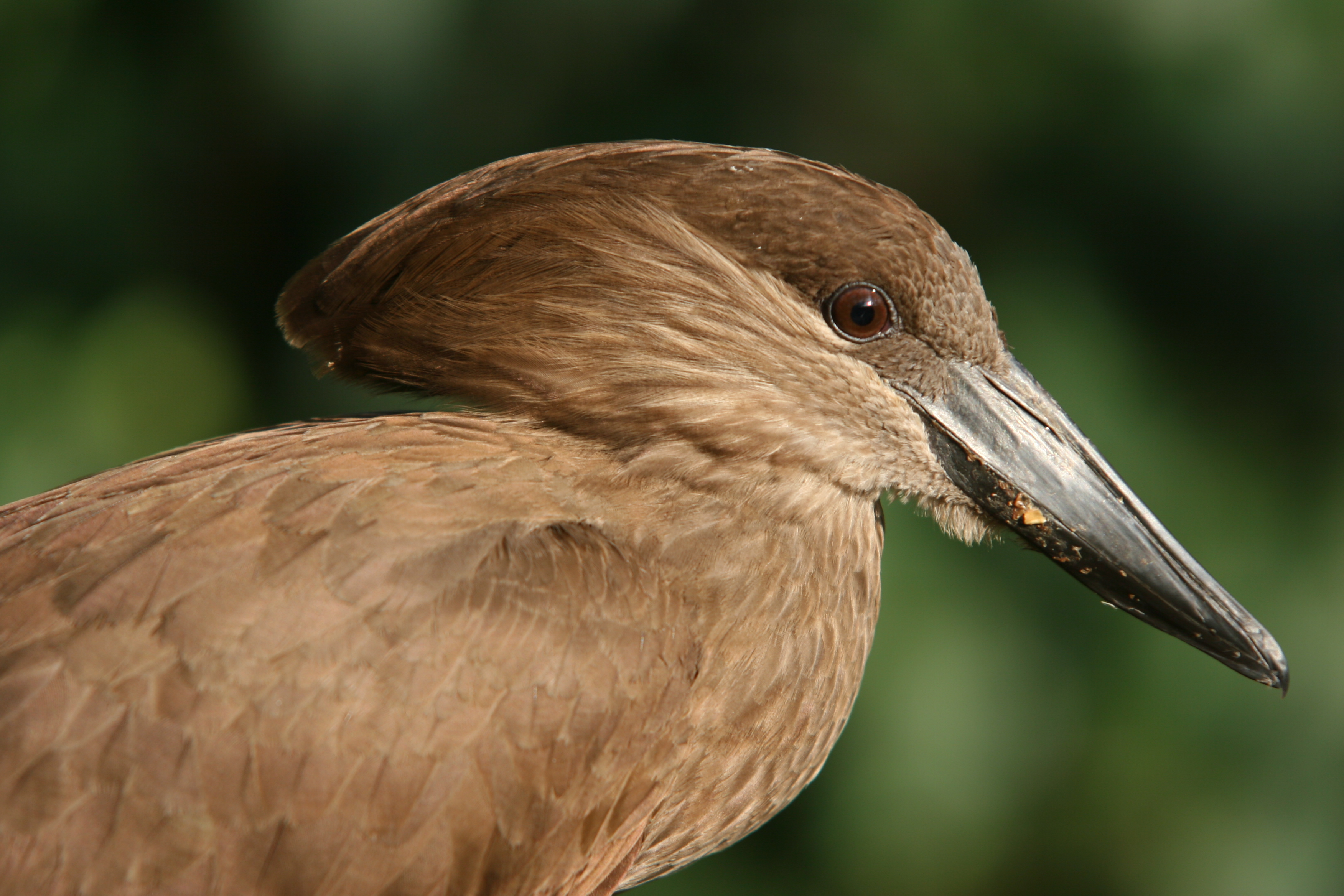|
Bird
Birds are a group of warm-blooded vertebrates constituting the class (biology), class Aves (), characterised by feathers, toothless beaked jaws, the Oviparity, laying of Eggshell, hard-shelled eggs, a high Metabolism, metabolic rate, a four-chambered heart, and a strong yet lightweight Bird skeleton, skeleton. Birds live worldwide and range in size from the bee hummingbird to the common ostrich. There are over 11,000 living species and they are split into 44 Order (biology), orders. More than half are passerine or "perching" birds. Birds have Bird wing, wings whose development varies according to species; the only known groups without wings are the extinct moa and elephant birds. Wings, which are modified forelimbs, gave birds the ability to fly, although further evolution has led to the Flightless bird, loss of flight in some birds, including ratites, penguins, and diverse endemism, endemic island species. The digestive and respiratory systems of birds are also uniquely a ... [...More Info...] [...Related Items...] OR: [Wikipedia] [Google] [Baidu] [Amazon] |
Anna's Hummingbird
Anna's hummingbird (''Calypte anna'') is a North American species of hummingbird named after Anna Masséna, Duchess of Rivoli. It is native to western coastal regions of North America. Until the late 20th century, Anna's hummingbirds migrated from locations as far north as Alaska and coastal British Columbia, returning south to breed in Baja California and Southern California. Since the 1970s, ornamental plants in residential areas along the Pacific coast and inland deserts provided expanded nectar and nesting sites, allowing the species to expand its breeding range to northern coastal regions without migrating. Year-round residence of Anna's hummingbirds in the Pacific Northwest is an example of ecological release dependent on acclimation to colder winter temperatures, introduced plants, and human provision of nectar feeders during winter. These birds feed on nectar from flowers using a long extendable tongue. They also consume small insects and other arthropods caught i ... [...More Info...] [...Related Items...] OR: [Wikipedia] [Google] [Baidu] [Amazon] |
Atlantic Puffin
The Atlantic puffin ('), also known as the common puffin, is a species of seabird in the auk family (biology), family. It is the only puffin native to the Atlantic Ocean; two related species, the tufted puffin and the horned puffin being found in the northeastern Pacific. The Atlantic puffin breeds in Russia, Iceland, Ireland, Great Britain, Britain, Norway, Greenland, Newfoundland and Labrador, Nova Scotia, and the Faroe Islands, and as far south as Maine in the west and France in the east. It is most commonly found in the Westman Islands, Iceland. Although it has a large population and a wide range, the species has declined rapidly, at least in parts of its range, resulting in it being rated as Vulnerable species, vulnerable by the IUCN. On land, it has the typical upright stance of an auk. At sea, it swims on the surface and feeds on zooplankton, small fish, and crabs, which it catches by diving underwater, using its wings for propulsion. This puffin has a black crown and bac ... [...More Info...] [...Related Items...] OR: [Wikipedia] [Google] [Baidu] [Amazon] |
Neoaves
Neoaves is a clade that consists of all modern bird Birds are a group of warm-blooded vertebrates constituting the class (biology), class Aves (), characterised by feathers, toothless beaked jaws, the Oviparity, laying of Eggshell, hard-shelled eggs, a high Metabolism, metabolic rate, a fou ...s (Neornithes or Aves) with the exception of Palaeognathae (ratites and kin) and Galloanserae (ducks, chickens and kin). This group is defined in the '' PhyloCode'' by George Sangster and colleagues in 2022 as "the most inclusive crown clade containing '' Passer domesticus'', but not '' Gallus gallus''". Almost 95% of the roughly 10,000 known species of extant birds belong to the Neoaves. The early diversification of the various neoavian groups occurred very rapidly around the Cretaceous–Paleogene extinction event, and attempts to resolve their relationships with each other have resulted initially in much controversy. Phylogeny The early diversification of the various neoavia ... [...More Info...] [...Related Items...] OR: [Wikipedia] [Google] [Baidu] [Amazon] |
Palaeognathae
Palaeognathae (; ) is an infraclass of birds, called paleognaths or palaeognaths, within the class Aves of the clade Archosauria. It is one of the two extant taxon, extant infraclasses of birds, the other being Neognathae, both of which form Neornithes. Palaeognathae contains five extant order (biology), orders consisting of four flightless bird, flightless lineages (plus two that are extinct), termed ratites, and one flying lineage, the Neotropic tinamous. There are 47 species of tinamous, five of Kiwi (bird), kiwis (''Apteryx''), three of cassowary, cassowaries (''Casuarius''), one of emus (''Dromaius'') (another became extinct in historic times), two of Rhea (bird), rheas (''Rhea'') and two of ostriches (''Struthio'').Clements, J. C. ''et al''. (2010) Recent research has indicated that paleognaths are monophyletic but the traditional taxonomic split between flightless and flighted forms is incorrect; tinamous are within the ratite radiation, meaning flightlessness arose indepe ... [...More Info...] [...Related Items...] OR: [Wikipedia] [Google] [Baidu] [Amazon] |
Eurasian Eagle-owl
The Eurasian eagle-owl (''Bubo bubo'') is a species of eagle-owl, a type of bird that resides in much of Eurasia. It is often just called the eagle-owl in Europe and Asia. It is one of the largest species of owl. Females can grow to a total length of , with a wingspan of . Males are slightly smaller.''Owls of the World: A Photographic Guide'' by Mikkola, H. Firefly Books (2012), This bird has distinctive ear tufts, with upper parts that are mottled with darker blackish colouring and tawny. The wings and tail are barred. The underparts are a variably hued buff, streaked with darker colouring. The facial disc is not very defined. The orange eyes are distinctive.Penteriani, V., & del Mar Delgado, M. (2019). ''The eagle owl''. Bloomsbury Publishing. At least 12 subspecies of the Eurasian eagle-owl are described. Eurasian eagle-owls are found in many habitats; mostly Mountain ecosystems, mountainous and Rock (geology), rocky areas, often near varied woodland edge and near shrubby a ... [...More Info...] [...Related Items...] OR: [Wikipedia] [Google] [Baidu] [Amazon] |
Rock Dove
The rock dove (''Columba livia''), also sometimes known as "rock pigeon" or "common pigeon", is a member of the bird family Columbidae (doves and pigeons). In common usage, it is often simply referred to as the "pigeon", although the rock dove is the wildlife, wild form of the bird; the pigeons familiar to most people are the domesticated forms of the wild rock dove. Wild rock doves are uniformly pale grey with two black bars on each wing, with few differences being seen between males and females; i.e. they are not strongly sexually dimorphic. The domestic pigeon (often, but invalidly, called "''Columba livia domestica''"), which includes about List of pigeon breeds, 1,000 different breeds, is descended from this species. Escaped domestic pigeons are the origin of feral pigeons around the world. Both forms can Domestic pigeon#Markings, vary widely in the colour and pattern of their plumage unlike their wild ancestor, being red, brown, checkered, uniformly coloured, or pied. H ... [...More Info...] [...Related Items...] OR: [Wikipedia] [Google] [Baidu] [Amazon] |
Steller's Sea Eagle
Steller's sea eagle (''Haliaeetus pelagicus''), also known as the Pacific sea eagle or white-shouldered eagle, is a very large Diurnality, diurnal bird of prey in the family Accipitridae. It was described first by Peter Simon Pallas in 1811. No subspecies are recognised. A sturdy eagle, it has dark brown plumage with white wings and tail, a yellow beak, and yellow talons. Typically, it is the heaviest eagle in the world, at about , but in some standard measurements, may be ranked below the harpy eagle (''Harpia harpyja'') and the Philippine eagle (''Pithecophaga jefferyi''). Steller's sea eagle females are bigger than males. The Steller's sea eagle is endemic to coastal northeastern Asia, where it lives in Russia, Korea, Japan, China, and Taiwan. It mainly preys on fish and water birds. The Kamchatka Peninsula in Far Eastern Russia is known for its relatively large population of these birds; about 4,000 of these eagles live there. Steller's sea eagle is listed as vulnerable speci ... [...More Info...] [...Related Items...] OR: [Wikipedia] [Google] [Baidu] [Amazon] |
American Flamingo
The American flamingo (''Phoenicopterus ruber'') is a large species of flamingo native to the West Indies, northern South America (including the Galápagos Islands) and the Yucatán Peninsula. It is closely related to the greater flamingo and Chilean flamingo, and was formerly considered conspecific with the greater flamingo, but that treatment is now widely viewed (e.g. by the American and British Ornithologists' Unions) as incorrect due to a lack of evidence. It is also known as the Caribbean flamingo, although it is also present in the Galápagos Islands. It is the only flamingo that naturally inhabits North America along with the Neotropical realm. It is a cultural icon for the U.S. state of Florida, where it was formerly abundant in the southernmost regions, although it was largely extirpated by 1900 and is now only an uncommon visitor with a few small, potential resident populations. Taxonomy The American flamingo was formally described in 1758 by the Swedish naturalis ... [...More Info...] [...Related Items...] OR: [Wikipedia] [Google] [Baidu] [Amazon] |
Indian Peafowl
The Indian peafowl (''Pavo cristatus''), also known as the common peafowl, or blue peafowl, is a peafowl species native to the Indian subcontinent. While it originated in the Indian subcontinent, it has since been introduced to many other parts of the world. Male peafowl are referred to as ''peacocks'', and female peafowl are referred to as ''peahens'', although both sexes are often referred to colloquially as a "peacock". The Indian peafowl displays a marked form of sexual dimorphism. The brightly coloured male has a blue coloured head with a fan-shaped crest and is best known for his long train. The train is made up of elongated upper-tail covert feathers with colourful eyespots. These stiff feathers are raised into a fan and quivered in a display during courtship. The peahen is predominantly brown in colour, with a white face and iridescent green lower neck, and lacks the elaborate train. There are several colour mutations of the Indian peafowl including the leucistic white ... [...More Info...] [...Related Items...] OR: [Wikipedia] [Google] [Baidu] [Amazon] |
White-tailed Tropicbird
The white-tailed tropicbird (''Phaethon lepturus'') or yellow-billed tropicbird is a tropicbird. It is the smallest of three closely related seabirds of the tropical oceans and smallest member of the order Phaethontiformes. It is found in the tropical Atlantic (ocean), Atlantic, western Pacific and Indian Ocean, Indian Oceans. It also breeds on some Caribbean islands, and a few pairs have started nesting recently on Little Tobago, joining the red-billed tropicbird colony. In addition to the tropical Atlantic, it nests as far north as Bermuda, where it is locally called a "longtail". Taxonomy French zoologist François Marie Daudin described the white-tailed tropicbird in 1802. "White-tailed tropicbird" has been designated the official name by the International Ornithologists' Union (IOC). Its closest relative is the red-tailed tropicbird (''P. rubricauda''), the split between their ancestors taking place about four million years ago. Six subspecies are recognised by the IOC: ... [...More Info...] [...Related Items...] OR: [Wikipedia] [Google] [Baidu] [Amazon] |
Grey Heron
The grey heron (''Ardea cinerea'') is a long-legged wading bird of the heron family, Ardeidae, native throughout temperate Europe and Asia, and also parts of Africa. It is resident in much of its range, but some populations from the more northern parts migrate southwards in autumn. A bird of wetland areas, it can be seen around lakes, rivers, ponds, marshes and on the sea coast. It feeds mostly on aquatic creatures which it catches after standing stationary beside or in the water, or stalking its prey through the shallows. Standing up to tall, adults weigh from . They have a white head and neck with a broad black stripe that extends from the eye to the black crest. The body and wings are grey above and the underparts are greyish-white, with some black on the flanks. The long, sharply pointed beak is pinkish-yellow and the legs are brown. The birds breed colonially in spring in heronries, usually building their nests high in trees. A clutch of usually three to five bluish-gre ... [...More Info...] [...Related Items...] OR: [Wikipedia] [Google] [Baidu] [Amazon] |
Shoebill
The shoebill (''Balaeniceps rex''), also known as the whale-headed stork, and shoe-billed stork, is a large long-legged wading bird. It derives its name from its enormous shoe-shaped bill. It has a somewhat stork-like overall form and has previously been classified with the storks in the order Ciconiiformes based on this morphology. However, genetic evidence places it with pelicans and herons in the Pelecaniformes. The adult is mainly grey while the juveniles are more brown. It lives in tropical East Africa in large swamps from South Sudan to Zambia. Taxonomy The shoebill may have been known to Ancient Egyptians but was not classified until the 19th century, after skins and eventually live specimens were brought to Europe. John Gould very briefly described it in 1850 from the skin of a specimen collected on the upper White Nile by the English traveller Mansfield Parkyns. Gould provided a more detailed description in the following year. He placed the species in its own genus ... [...More Info...] [...Related Items...] OR: [Wikipedia] [Google] [Baidu] [Amazon] |

